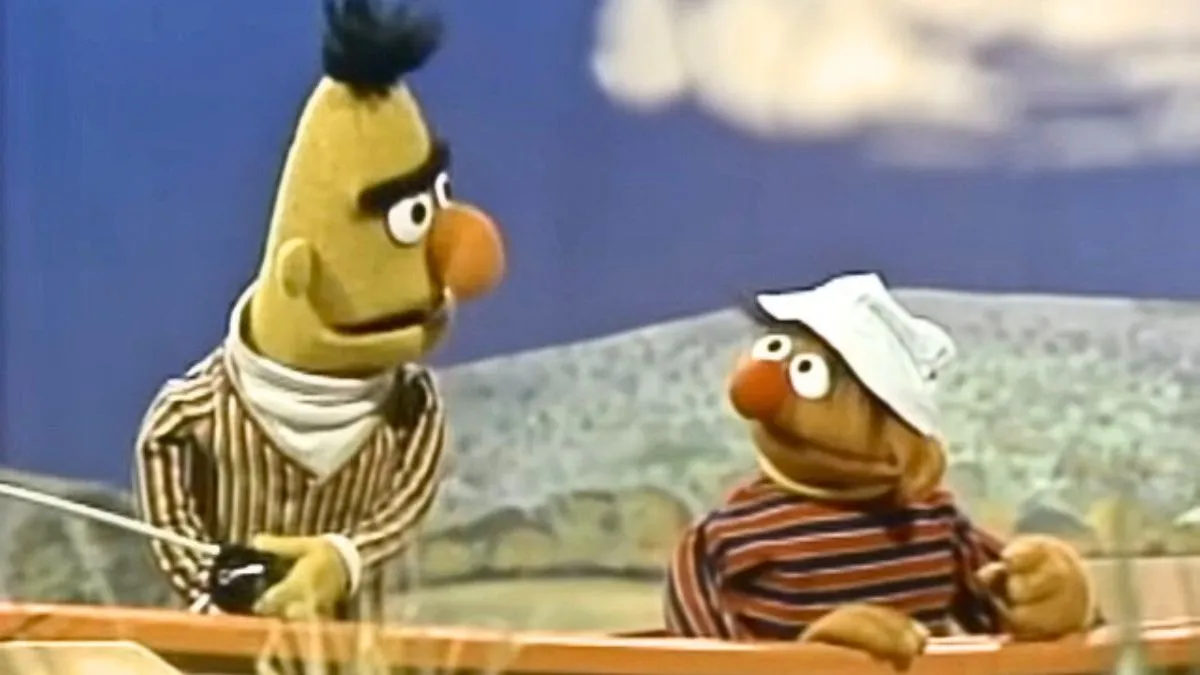
All 10 episodes of “Making a Murderer” are available for streaming on Netflix.
True-crime has always been a grimly fascinating area of journalism, but the subgenre has perhaps never experienced as much of a gold rush, both in terms of virtuosity and variety, as it has over the past couple of years. With social media bringing audience participation to an all-time high, and public faith in the United States criminal justice system dwindling with every Freddie Gray or Michael Brown to enter the media spotlight, people are hungry for real American horror stories, exhaustively researched accounts of systemic corruption and wrongful prosecutions.
And, increasingly, they’re getting them. Serial, a podcast from the creators of This American Life, was perhaps the first instance of a true-crime narrative sending shockwaves through the modern pop culture landscape. Investigating the 1999 murder of a Baltimore teenager, the show ultimately shed such doubt on the conviction of her ex-boyfriend, currently serving a life sentence for murder, that he has since been granted a new hearing to present hitherto-unheard evidence. HBO was next to revolutionize narrative true-crime storytelling. The Jinx, its chilling study of murder suspect Robert Durst, ultimately led to his arrest after Durst, apparently unaware that his mic was still hot during a bathroom break, muttered these two bombshell sentences: “What did I do? I killed them all, of course.”
These investigative documentaries are transforming everything, literally reopening closed cases, making a real difference in people’s lives. Their creators are not recording injustices – they’re wielding the power of the public eye in an attempt to right them. And consequently, they’ve catapulted documentary filmmaking into a bold and very frightening realm, one in which entertainment can double as activism, and filmmakers can pursue a certain brand of vigilante justice and find shocking success in doing so.
It’s into this brave new world that Netflix ushers Making A Murderer, a 10-episode documentary series made over the course of a decade by filmmakers Laura Ricciardi and Moira Demos. Like The Jinx, it spins a yarn so grimly fascinating it feels ripped from the pages of a paperback thriller. And like Serial, it has a clear stance on its case but never lets that slant diminish the impact of its exhaustive research. But Netflix’s first foray into true-crime is also very much its own sort of beast.
Picking up where most crime procedurals usually end, the series finds its subject, Wisconsin native Steven Avery, leaving prison behind after serving 18 years for a brutal rape and assault that DNA evidence ultimately proved he did not commit. The first episode makes it clear that, through a sequence of horrifying oversights, negligent acts, and shocking misconduct by multiple law enforcement officers, Avery had been blatantly railroaded by the system in that case.. The decisions made by the officers involved, including using an early mug shot of Avery as the basis for a “suspect sketch” that was later shown to the victim when it came time to identify her attacker, smelled of incompetence at best – but Avery was poor, uneducated and an easy scapegoat, until evidence of his innocence became unavoidable.
Out on the street again, Avery at first revels in being a free man, but he also makes no secret of his desire to litigate against the law enforcement officers who robbed him of almost two decades of his life. Fast forward two years, and he’s bringing a $36 million lawsuit against Manitowoc County, as well as some of the people most responsible for his incarceration. That’s when things get really awful – as his lawsuit continues, Avery suddenly becomes the prime suspect in the brutal murder of a 25-year-old photographer, named Teresa Halbach.

Whereas there was no physical evidence tying Avery to his first, erroneous conviction, what investigating officers find seems fairly damning in the Halbach case. The woman’s car discovered in the Avery salvage yard, with his blood inside it; the vehicle’s key turns up in Avery’s bedroom; and Halbach’s torched remains are found in a fire pit close to his house. He’s also the last person to have seen Halbach alive. The ostensible final nail in his coffin comes when Avery’s teenage nephew (who has an IQ of 70) tells police that he helped his uncle savagely attack, rape, murder and dismember the missing woman.
The vast amount of evidence against Avery would seem to make this an easy case – but Making a Murderer, in dissecting and analyzing it in every possible way, doesn’t agree. Avery had no clear motive in the crime and is far from the callous monster police repeatedly assume him to be. Furthermore, the officers pushing for his conviction in the Halbach case are the same ones affected by his lawsuit – the conflict of interest is clear, so Calumet County officials are put in charge of the investigation, but Manitowoc County officers still end up doing the bulk of the work.
Ricciardi and Demos utilize a straight documentary approach for the series, but at no point does that style conceal Making a Murderer‘s agenda. The filmmakers, who spent years living nearby the subject and his family, are clearly convinced that Avery is not just innocent but the victim of a pernicious, coordinated effort by local law enforcement officers and government representatives to frame him for a murder he did not commit. And they set out to prove it, exhaustively detailing the opportunities officers had to plant evidence at the Avery home, the bullying tactics they used to coerce a confession from his nephew, and countless other instances of a justice system being co-opted by biased individuals with a bone to pick.
The scope of Making a Murderer is massive, far larger than either Serial or The Jinx. It takes time to flesh out the people in Avery’s life, especially his enraged parents and heartbroken fiancee, and to establish the class dynamics, poverty and tensions of Manitowoc County over the course of multiple years. Without much by way of stylistic flair (or any of The Jinx‘s dramatic re-enactments of murders and misdeeds), it illuminates the terrifying realities of just how bad things can get when someone ends up on the wrong side of a powerful system, and how dismayingly little that individual can actually do to defend themselves against institutions of law and order once in their crosshairs.
As far as longform journalism goes, it’s something of a masterstroke. Ricciardi and Demos deliver a decade’s worth of assembled surveillance footage, interviews, press conferences, police interrogations, courtroom testimonies and more, so much information in fact that the series feels like it’s racing to deliver it all even with a 10-hour-plus runtime (Making a Murderer feels like it could have gone on for hours more).
The length of the series does it one great service – its sheer volume will allow viewers to completely immerse themselves in Avery’s tragic story and share in the filmmakers’ outrage and horror. Whether or not Avery killed Halbach (one of the show’s only faults is how that feels beside the point; it loses sight of the additional tragedy that was her death in favor of highlighting its impact on Avery), Making a Murderer meticulously indicts the system that indicted him, and in doing so provides one of the most comprehensive and compelling pictures of institutional corruption ever seen on television.
But even as it digs into heady issues of class struggle and the tyranny of authority that extend far beyond the Avery case, the show is at its most impactful when it details just how devastating the consequences can be when people who lack power attempt to hold those who have it accountable for their actions. A grave injustice was done in Manitowoc County, that much is clear – and Making a Murderer, like Serial and The Jinx before it, is gripping television that actually matters in that it, more than any other account of Avery’s ordeal, has the potential to right it.






